Will the Taliban destroy Afghanistan’s priceless treasures?
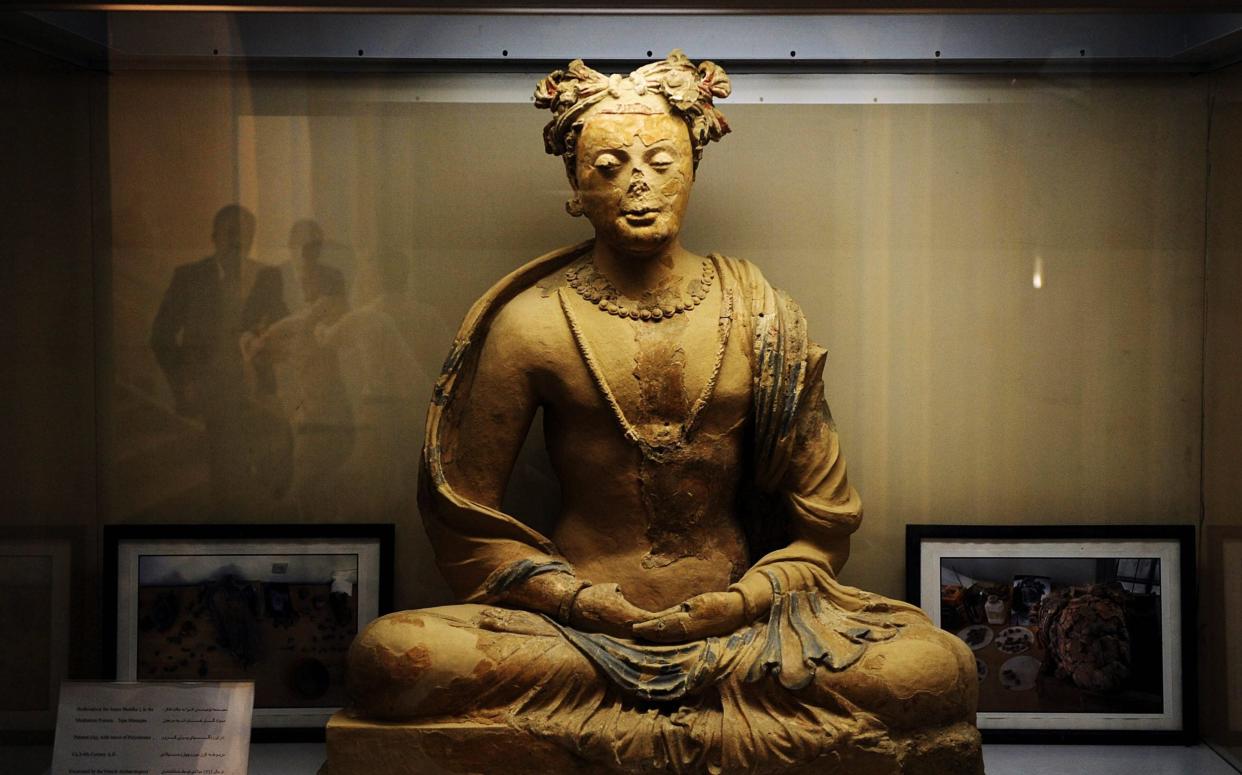
Amid the chaos that has engulfed Afghanistan in the last few days, as Taliban fighters poured into Kabul and President Ashraf Ghani fled, the question of what will happen to the country’s cultural heritage has hardly been at the forefront of anyone’s mind.
But for those with an interest in art and culture, the fate of Afghanistan’s rich and unique historical artefacts is a pressing concern. Thanks to its geographical placement on the ancient Silk Road between China and Rome, the country has over millennia accrued an astonishing array of objects from multiple nations and religions, from ancient Buddhist monasteries to relics of Alexandrian Greece.
The return to power of a fundamentalist Islamic regime with an abhorrence of depicting humans or animals and a track record of cultural destruction poses an existential threat.
Afghanistan’s National Museum in Kabul, whose treasures include one of the world’s most significant collections of Greek and Roman coins, ancient Hindu marble statuary, and unique objects from a host of ancient civilisations, is particularly vulnerable.
For Fahim Rahimi, the Museum’s director, and his staff, the last 24 hours have been a nightmarish scramble to protect the collection from looting, as the police assigned to guard the site dissolved with the approach of Taliban forces. “I’ve never experienced such a bad day in my whole life,” he tells me, on a crackling WhatsApp call from Kabul.
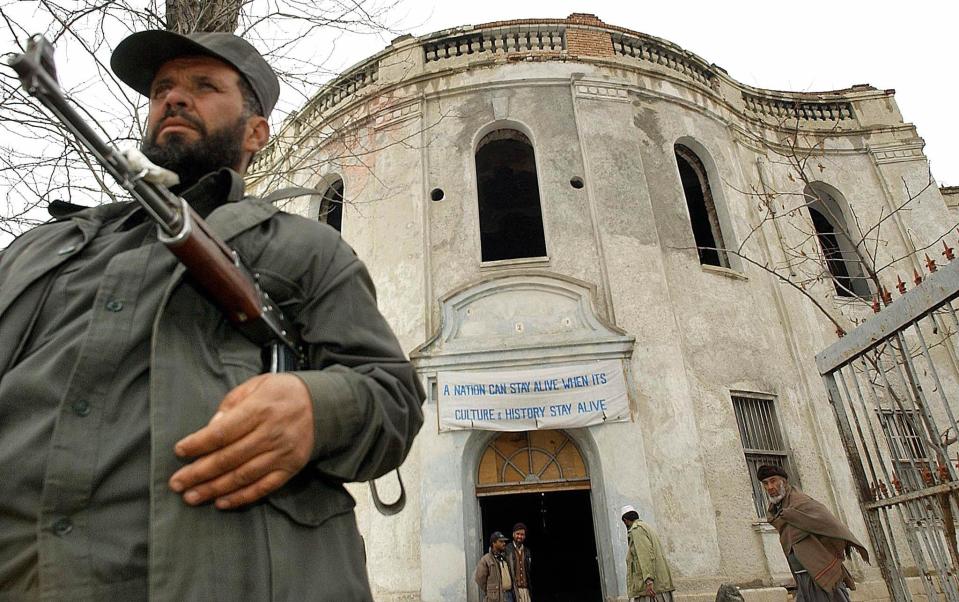
So far, Rahimi has managed to source enough private security to safeguard the objects, but the situation is fragile. Now he finds himself in the extraordinary position of looking forward to the arrival of the Taliban at the Museum’s doors.
“They are the group in power now,” he says. “I’m hoping that by tomorrow they will come and take responsibility for the Museum’s protection.”
In some bleakly comforting sense, any looting at the Museum will necessarily be limited, because so many of its treasures have already been destroyed. Over the course of the nearly 20 years of warfare that preceded the Taliban’s first takeover of the country in 1996, the collections were deliberately targeted. They were bombed and looted. By some estimates, 70 per cent of the 100,000 objects originally on display were long ago destroyed.
Indeed, the present peril for Afghanistan’s historical relics is horribly familiar. Back in March 2001, two colossal statues of the Buddha, one 180 feet high, which had stood in the remote Bamiyan valley since the sixth century, were shot at by tanks, anti-aircraft guns, and finally studded with dynamite and blasted to sand by the Taliban.
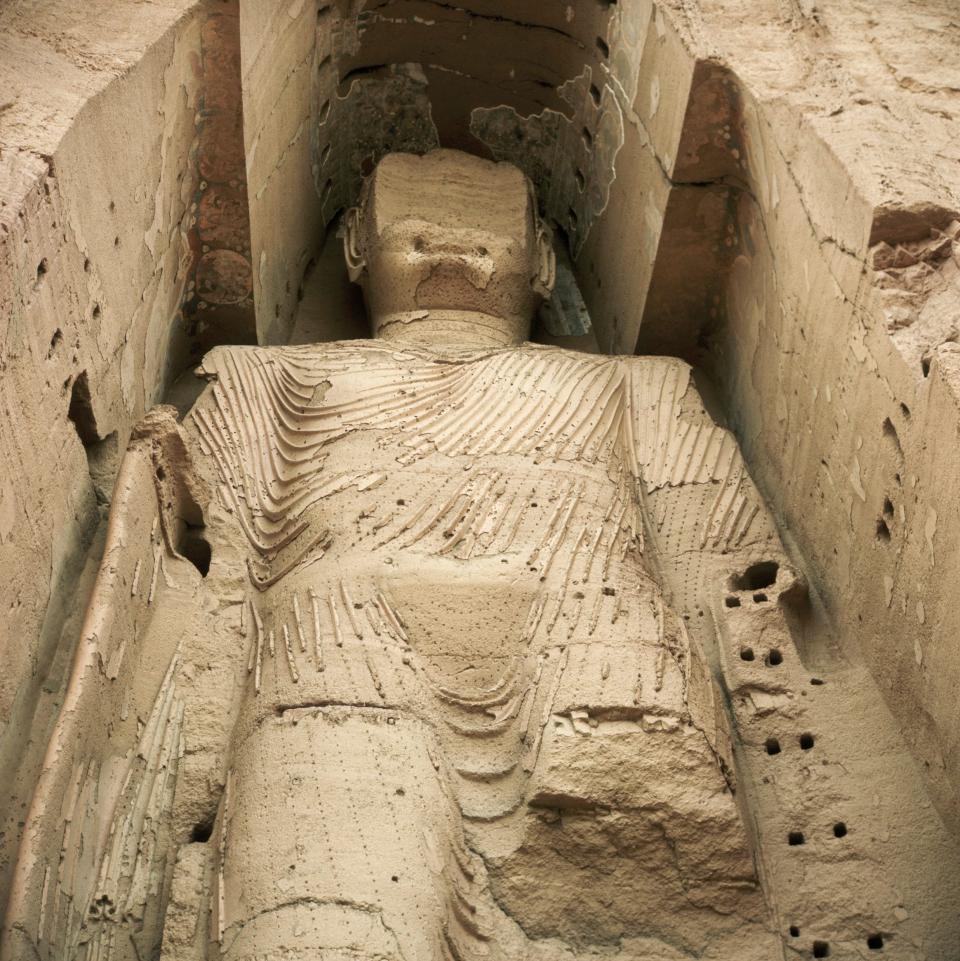
The spectacle was broadcast live across the world: a deliberate act of provocation. It came five days after a sudden edict from Mullah Mohammed Omar, the Taliban’s leader at the time, that all Afghanistan’s ancient statues should be destroyed.
The edict was all the more horrifying for its unexpectedness. As the Taliban’s rule over the country had stabilised towards the turn of the century, Omar had set out strict policies regarding the preservation of its culture. In July 1999, he had declared: “The government considers the Bamiyan statues an example of a potential major source of income for Afghanistan from international visitors. The Taliban states that Bamiyan shall not be destroyed but protected.”
The sudden backpedalling two years later is one reason that many in Afghanistan today will derive little comfort from the Taliban’s latest statement, in February of this year, regarding the preservation of historic artefacts. All officials are, according to its website, obliged to “robustly protect, monitor and preserve” the country’s heritage. Looting material and selling it on the international black market is also specifically singled out and prohibited. But the lesson of the Bamiyan Buddhas is hard to ignore.
Given this recent history, I wonder what Rahimi thinks the Taliban will do once they reach the National Museum. Some parts of the collection will definitely be preserved, he thinks, “but maybe they are still against those artefacts which represent human figures like statues.” If so, what they will do to them – and those who curate them – is anyone’s guess.
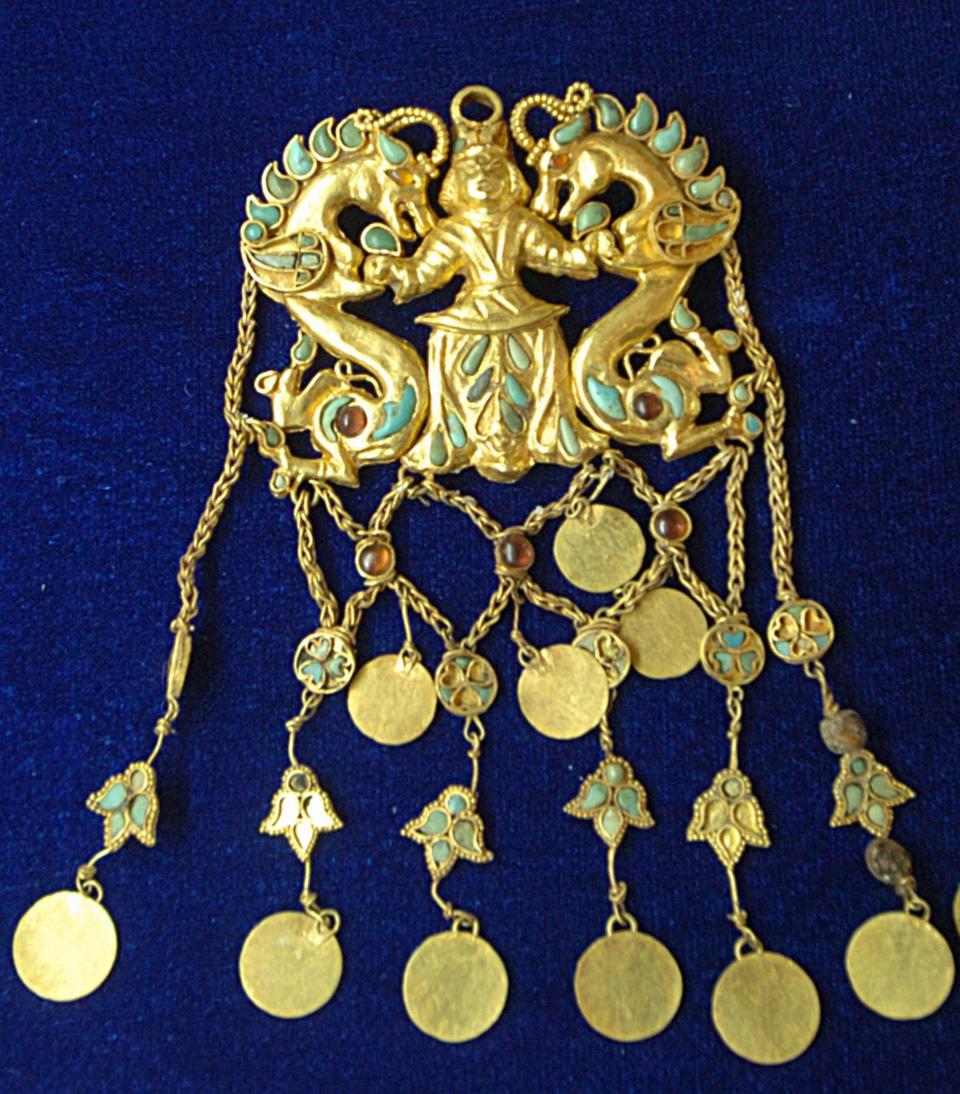
Like any employee of the defeated Afghan government, Rahimi is living in fear of his life. “They may want revenge, they may come and kill us,” he says. Still, he has some hope.
“I do not have a gun. None of my staff have guns. I’ve never fired a bullet in my life. They [the Taliban] have guns, they have the power. If they are actually trying to form a government, it is their responsibility to protect the Museum.”
He is not the only one with hope for the country’s cultural heritage. Constance Wyndham, an academic at University College London specialising in heritage preservation and national reconstruction in Afghanistan post-2001, confirmed that the destruction of the Buddhas was not typical of the Taliban’s attitude to ancient artefacts.
“In the early years of their reign in Afghanistan,” she tells me over the phone from Sydney, “they came out very strongly in protection of cultural heritage. There were punishments for people who looted objects from museums.”
It was only with pressure from the increasingly powerful Islamist network al-Qaeda, she believes, that Omar decided on a “swift about-turn”, leading to the destruction of the Buddhas. “It had all the hallmarks of al-Qaeda… this big spectacular act for an international audience.”
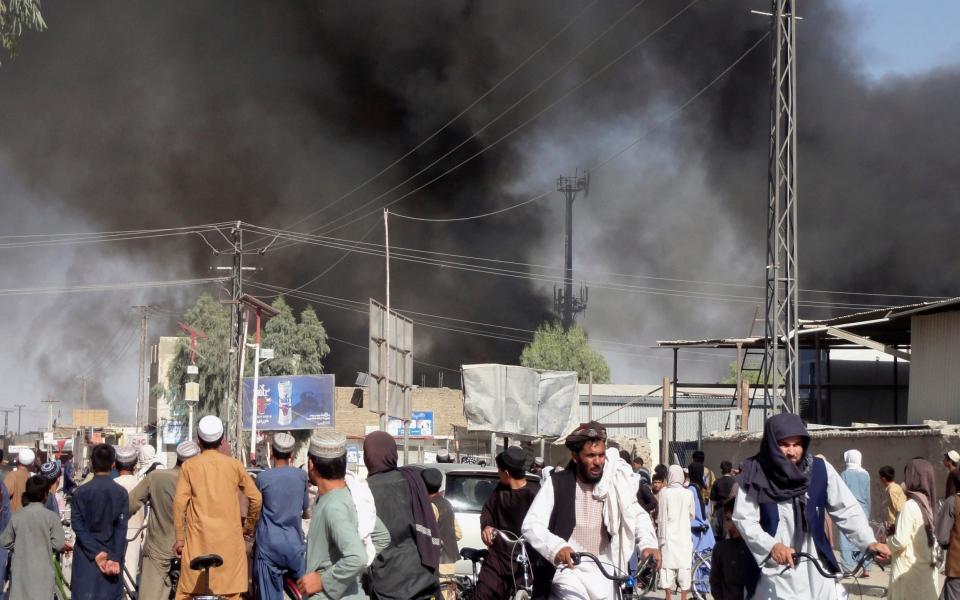
By contrast, the Taliban, she explains, is traditionally a domestically focused, regional organisation. They are not so naturally inclined to blow up history for sport. Wyndham thinks that the consequences of such a flamboyant stunt – it was arguably one trigger for the invasion by American and British forces – will discourage the Taliban from similar moves this time around.
“I don’t think they’re going to be interested in doing [something similar] again,” she says.
There is some cause for optimisim, then, for the preservation of the country’s history. But for those who dedicate themselves to it – and for Afghans in general – safety is an imaginary concept. Yesterday, on his way home from the Museum, Rahimi was set upon by three different ambushes. He watched as passers-by were shot dead in front of him.
“I did not sleep last night,” he tells me. “Everybody is afraid.”

